The SONY α7R III Full Frame Mirrorless Still and Motion Camera
Having used SONY α7 E-mount Full Frame mirrorless cameras since their inception, I have seen them evolve into sophisticated systems. The designers have listened to the users and have come up with very important tools for most photographers and cinematographers.
The new 7R III has 2.2 times longer battery life than its predecessor, is better at low light photography by a stop, can shoot bursts at 10 fps either electronically or using the mechanical shutter, has up to 15 stops of dynamic range, can shoot video in 4K HLG, S-Log 2 or 3, with additional picture profiles or formats, can photograph multi-frame 169 Megapixel equivalent still frames using external processing, autofocuses accurately in most situations in both still and video, and has a body similar to the Sony α9 with more controls than the previous α7R II.
It is a complex camera with a long menu that requires sitting down and trying the functions to determine user preferences and customization. The reward is worth the effort.
The α7R III is a camera that can be called on to shoot 4K HLG, S-log 2 or 3 or Rec.709 motion one moment and then capture a 42 megapixel RAW (ARW) background plate in 8K the next.
It is capable of shooting at 10 frames a second in short bursts in compressed 12-bit or uncompressed 14-bit RAW or 8-bit JPGs if you prefer.
If one had to classify this Swiss Army knife of a camera, it might be somewhere between the α7R II and the α9 — with the best attributes of each: the larger NP-FZ100 battery, similar body design with joystick, touchscreen focus and the 3.686 million dot OLED viewfinder of the α9 and the 42.4 megapixel sensor of the α 7R II. Focus on the α7R III is also similar to the α9, having both phase detect autofocus and contrast detect autofocus integrated for stills and contrast detect for motion. The camera has two SD card slots—one for UHS-I/II and the other UHS-I. Both cards can record in a number of ways, including simultaneously, different formats to each, and motion on one card and stills on the other. It can also record on one card and when that card is full record on the second.
The α7R III possesses video capabilities that the α9 does not have, with the addition of Hyper Log Gamma (HDR10) and S-Log 2 and 3. Video output is 4:2:2 8-bit HDMI and 4:2:0 8-bit when recording internally in XAVC-S or AVC-HD. One can record from 1 to 120 fps using Sony’s slow and quick function.
Another helpful feature of the α7R III is the addition of a USB-C connection as well as the smaller USB 3 mini connector, allowing faster downloads, faster tethering, and letting you power the camera when tethered. (The α9 has a USB 2.0 connector,)
The camera also has the capability to do pixel shift photography where the camera shoots 4 consecutive images offset by one pixel up, down, left and right when locked off. These four images, when combined in software on a computer, cancel out issues associated with the RGBG Bayer single sensor such as visible moiré and loss of detail.
It should be a useful mode for background plates, artwork and architecture. This technique is limited currently to non-moving scenes at this time. Someday, it may work in the world of cine.
For use for on set, the camera can be used to photograph silently using its electronic shutter. Those still images can then be transmitted via WiFi to most android or iOS devices with the Sony Play Memories app. The α7R III also can be tethered to a laptop using Capture 1 Pro for Sony.
New York City and Sedona Arizona Still and Motion Events
SONY invited members of the press on two separate occasions to try out the α7R III. The first was in Manhattan the day before its launch at PhotoPlus Expo on October 25th. The next was a press event in Sedona, Arizona in November. At both events, we learned how versatile the camera can be in both stills and video. The setups included fashion shoots, Native American dancers, mountain biking, a helicopter shoot, astrophotography and landscapes at a high desert creek, a sunset atop a butte and a visit to a Buddhist Stupa in Sedona. Cowboys, horses and automobiles were also included for both action and static scenes.
In New York there were studio setups with both flash and continuously lit scenes where photographers could shoot models at 10 frames a second or in video.
Both indoors and on a rooftop.
New York City Studio Stills
Studio Flash Manual setting at ISO 100 26mm f/7.1 1/200th second 10fps
New York City Javits Center Manhattan Sunset
Sedona Arizona offered a lot more opportunities for both still and video scenes both day and night. The α7R III handled all these challenges well.
Astrophotography
Sedona was the perfect place to shoot the stars with limited light pollution. The technique was to lock off the camera and do 15-30 second exposures wide open. Using higher ISOs as high as 12,800 with noise reduction shut off made star fields and the Milky Way quite visible.
Landscapes
Having 42 megapixels and 15 stops of dynamic range makes great landscapes. The Sony lenses were very sharp. The new 24-105mm stood out for its versatility along with the superb G-Master series 16-35mm, 24-70mm, 70-200mm, and 100-400mm zooms.
Action Photography
Cowboy on Horseback
The horse and rider started at a distance and rode toward the camera which was in autofocus mode tracking them successfully using the Sony 100-400mm f/4.5-5.6 G-Master Lens for both ARW & JPG stills and Video in 4K HLG
HLG Cowboy on Horse motion sample
Mountain Bicycle Rider
The camera was set up both along the trail and handheld using 3 lenses: the 16-35mm f/2.8 G-Master, the 24-105mm f/4 G OSS and the 100-400mm G-Master.
Aerial Photography
Shot handheld from a Bell 206 Helicopter using the 16-35mm f/2.8 G-Master and the 24-105mm f/4 G OSS lenses at 1/2000th second using in camera and or lens stabilization
Helicopter handheld at 1/2000th second
Video HLG Helicopter Landscape
A gallery of full resolution SONY α7R III images can be found here
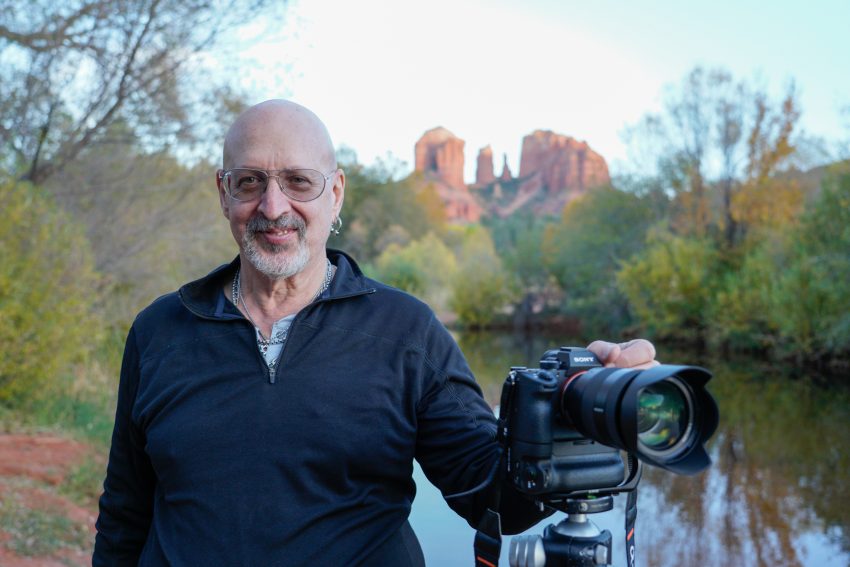
The author Mark Forman with the Sony α7R III in Sedona, Arizona. ISO800 24-105mm G-Master 34mm f/4 1/160th second
SONY α7R III Full Frame Mirrorless Still and Motion Camera Product Images

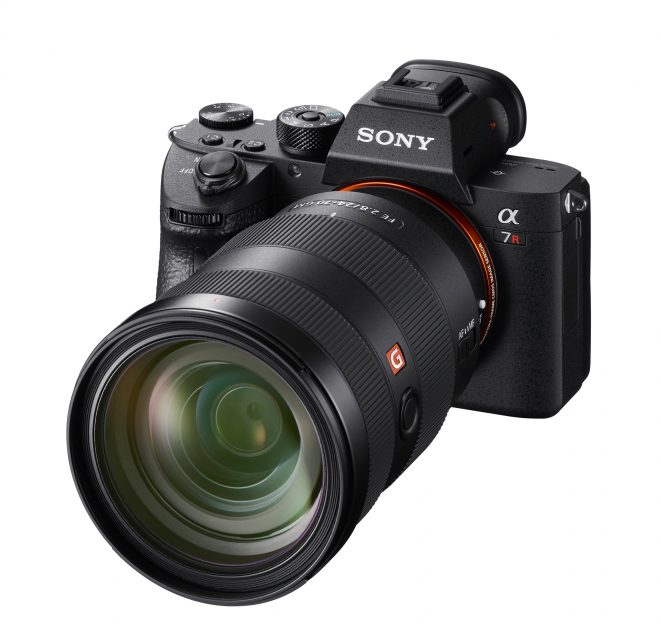
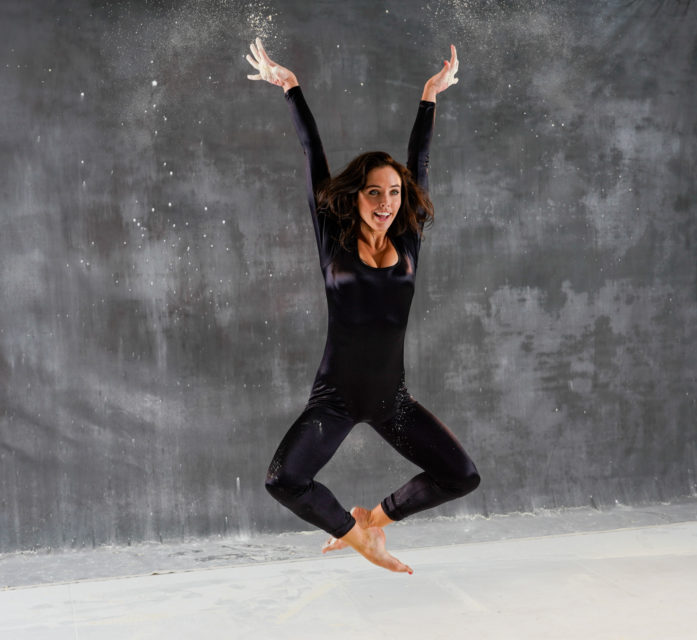
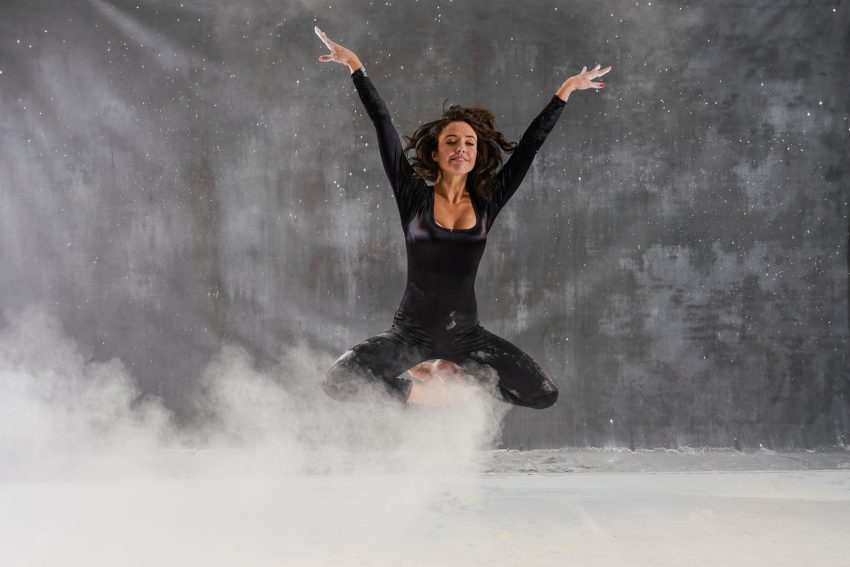
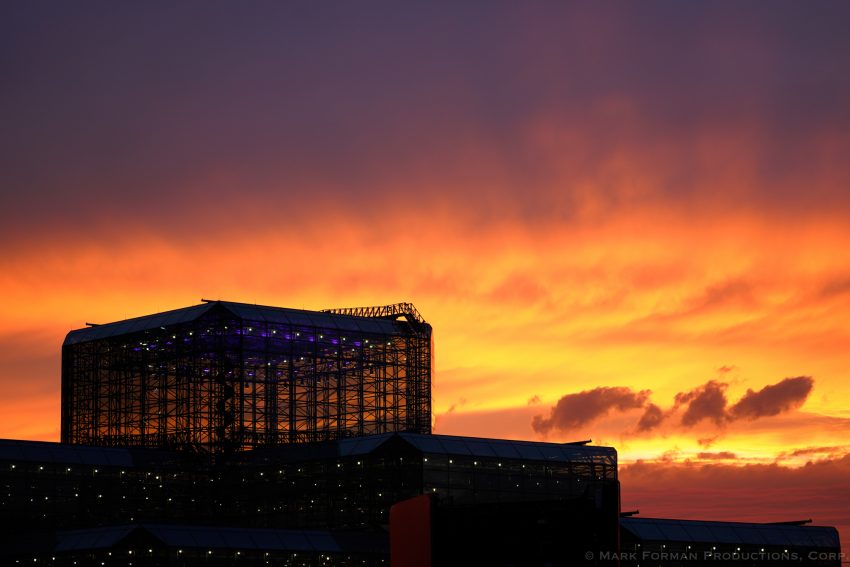
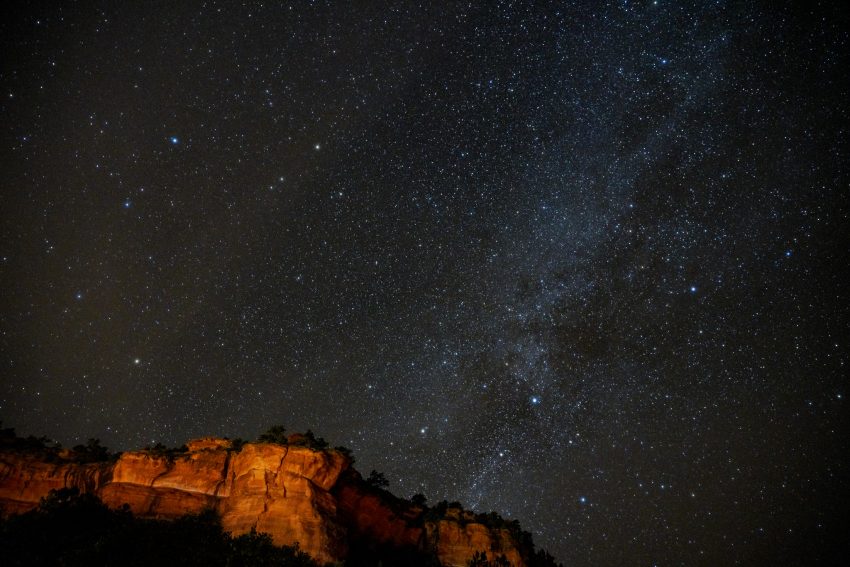
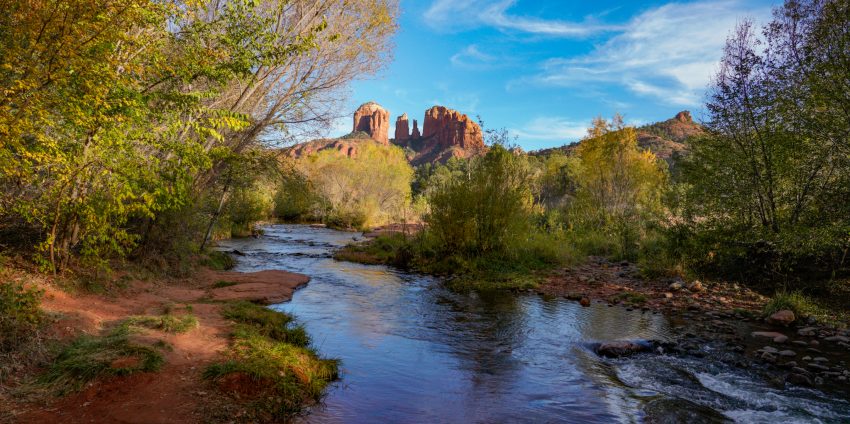
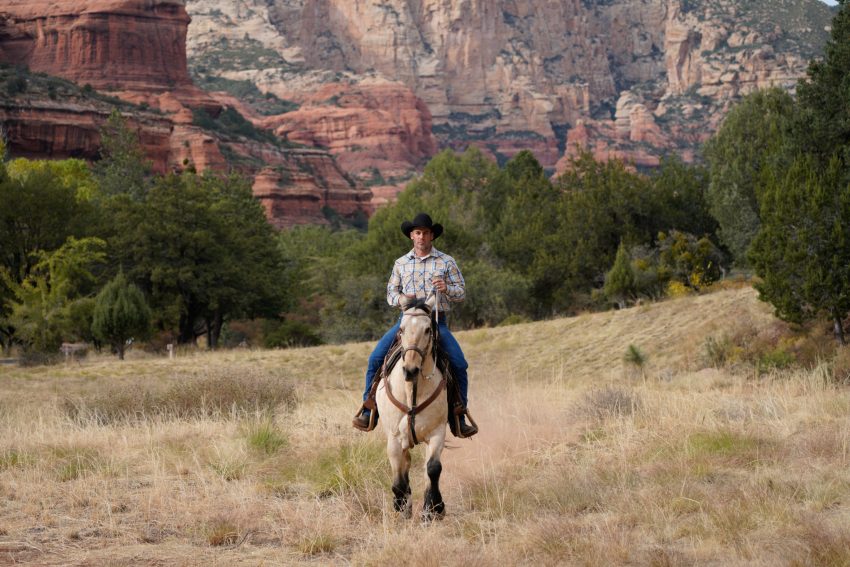
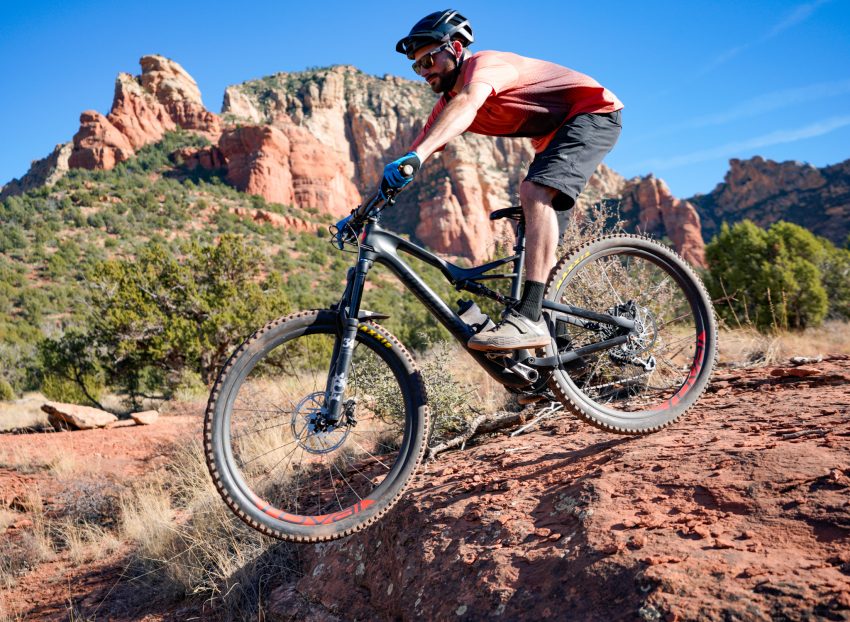
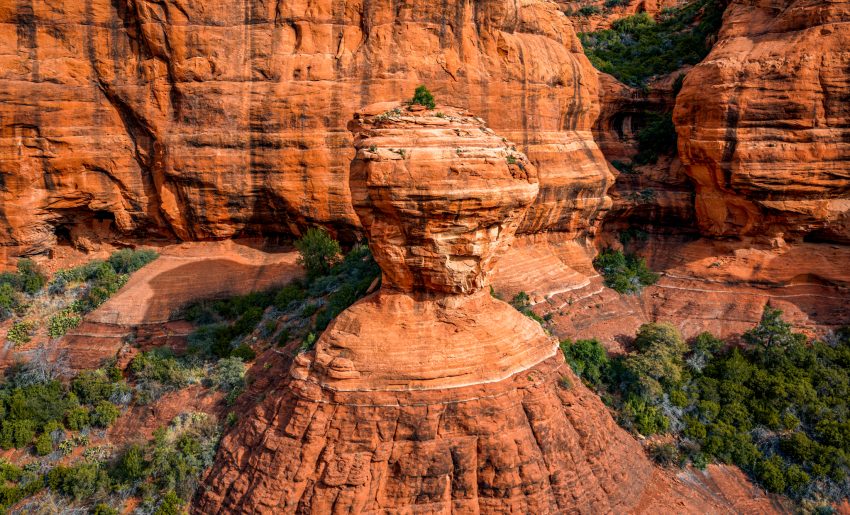
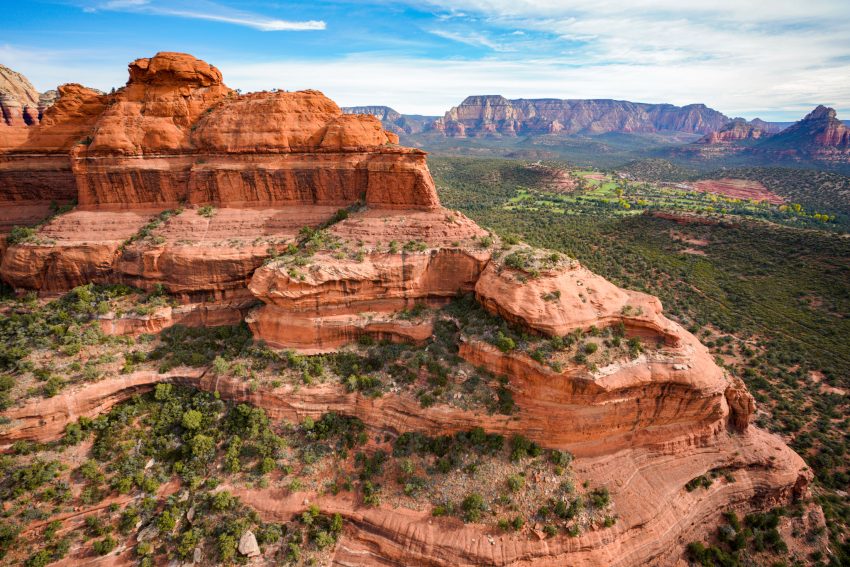
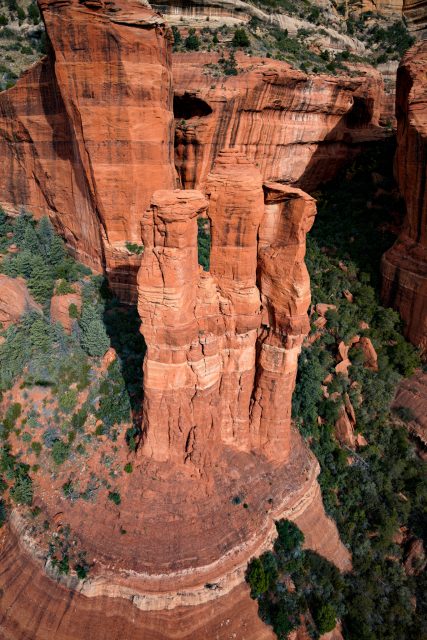














Jon, have you compared if there is visible improvement in video quality over A7RII? Is camera also 1 stop faster in video mode?
One stop better in low light and the addition of another S-log picture profile and HLG. Other additions include better 5 axis stabilization and better focus than the previous generation. If you own the previous generation camera then it might not be worth the upgrade. however for many it is especially since this camera overall is better in many ways other than video such as longer battery life, a touch screen focus and better user menus than before.
Mark Forman